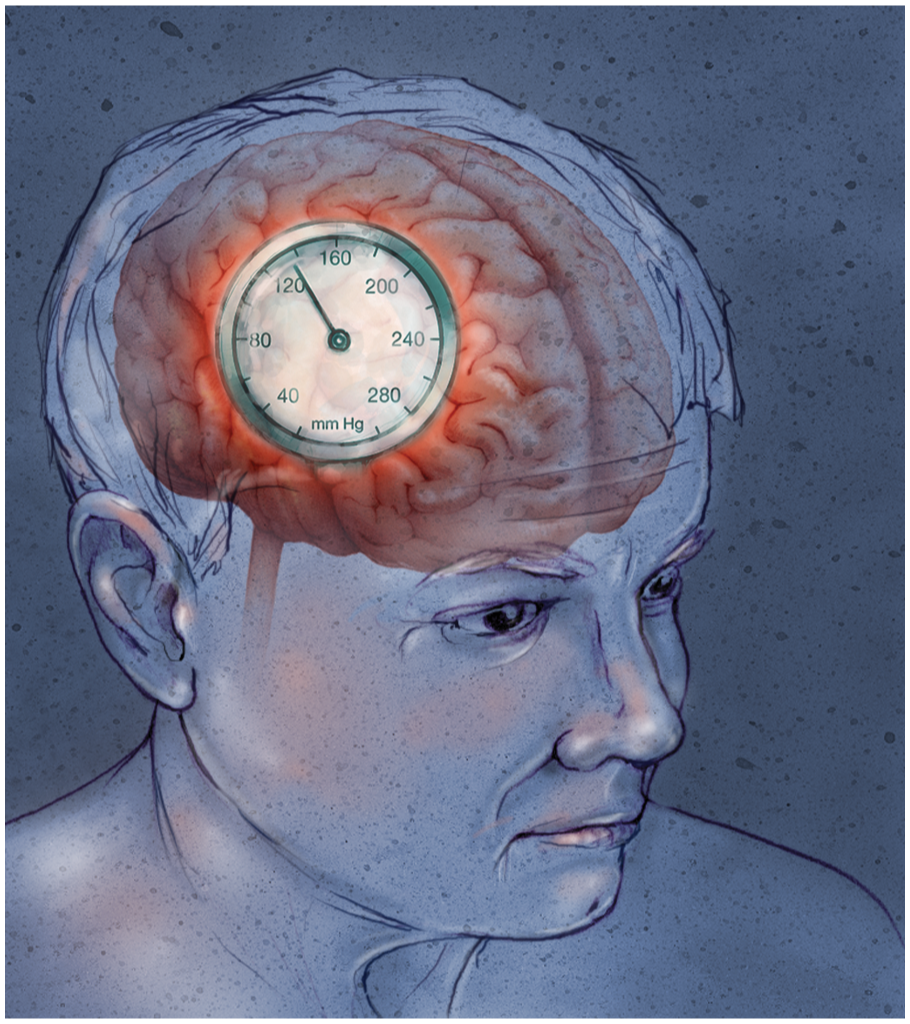Rapid Blood Pressure Reduction Safe for Ischemic Stroke
Intensive blood pressure control reduced the risk of intracranial hemorrhage without increasing the risk of death or disability in patients with acute ischemic stroke receiving intravenous thrombolysis, according to a trial published in the Lancet. Previous studies raised concern that quickly reducing blood pressure might worsen cerebral ischemia in these patients.
Rapid blood pressure reduction was safe in patients with acute ischemic stroke.
Within 6 hours of acute ischemic stroke onset, 2196 patients with a systolic blood pressure of 150 mm Hg or more were randomly assigned to receive intensive blood pressure lowering (systolic target, 130-140 mm Hg ?1 hour) or guideline-recommended blood pressure lowering (systolic target, <180 mm Hg) for up to 72 hours after intravenous thrombolysis.
Functional status at 90 days did not differ between groups. However, in the intensive group, only 14.8% of patients had any intracranial hemorrhage compared with 18.7% in the guideline group. Rates of serious adverse events were similar between groups.
Due to the lack functional improvement, the findings may not support a shift to intensive blood pressure lowering among patients with mild to moderate acute ischemic stroke, according to the authors.


